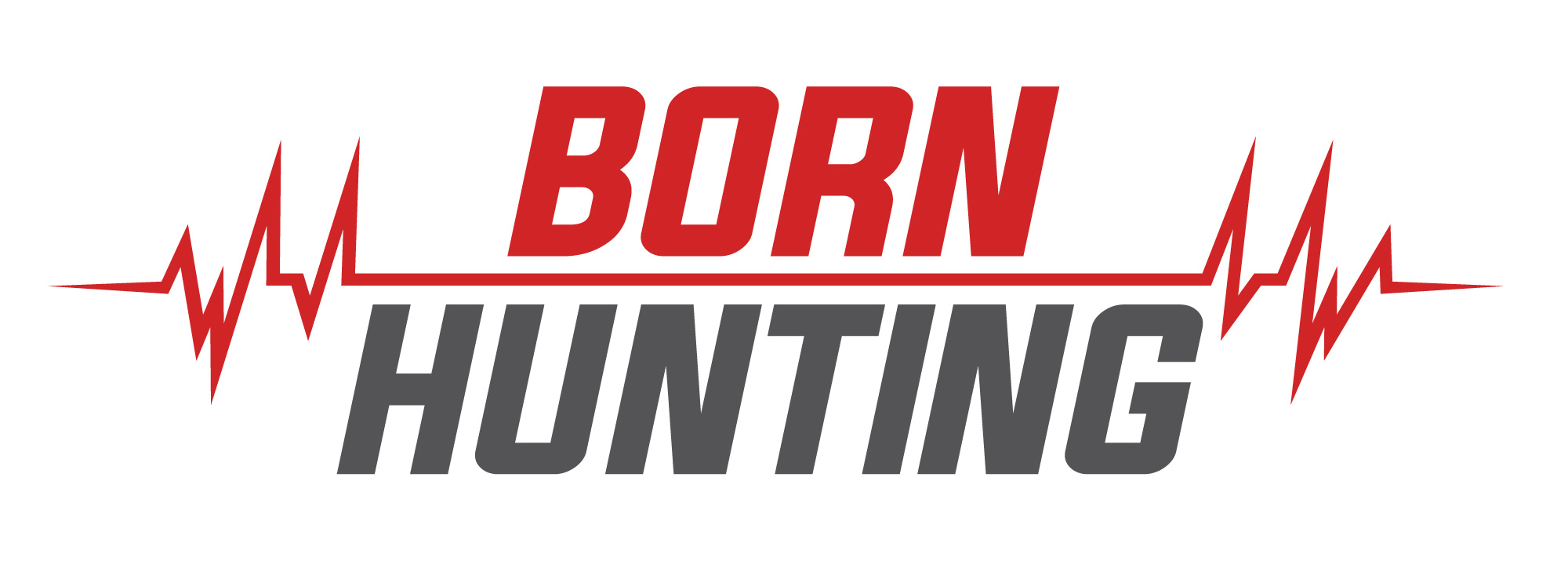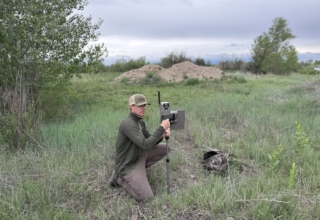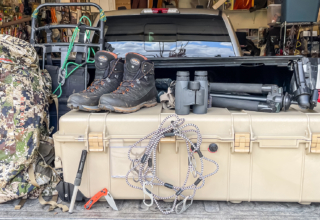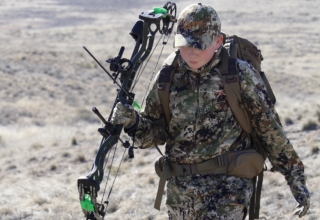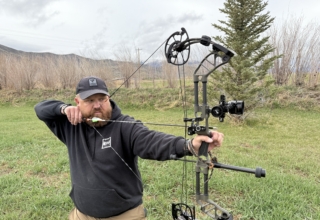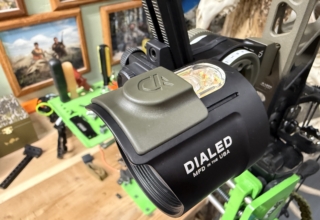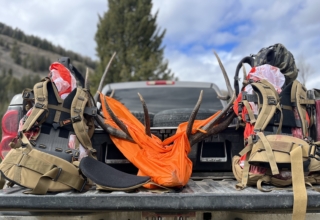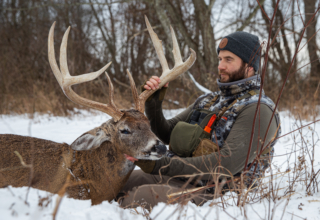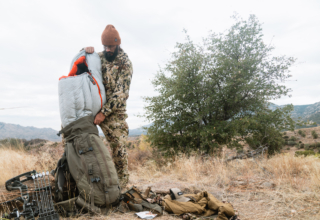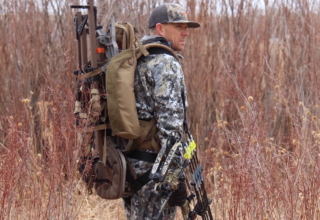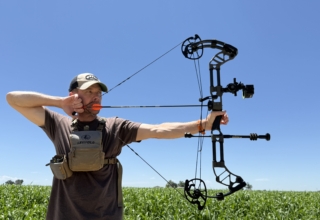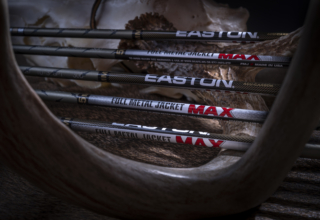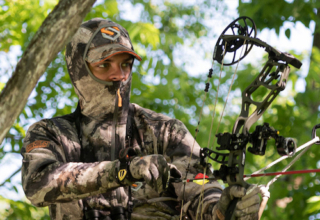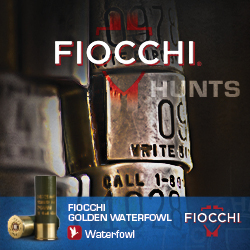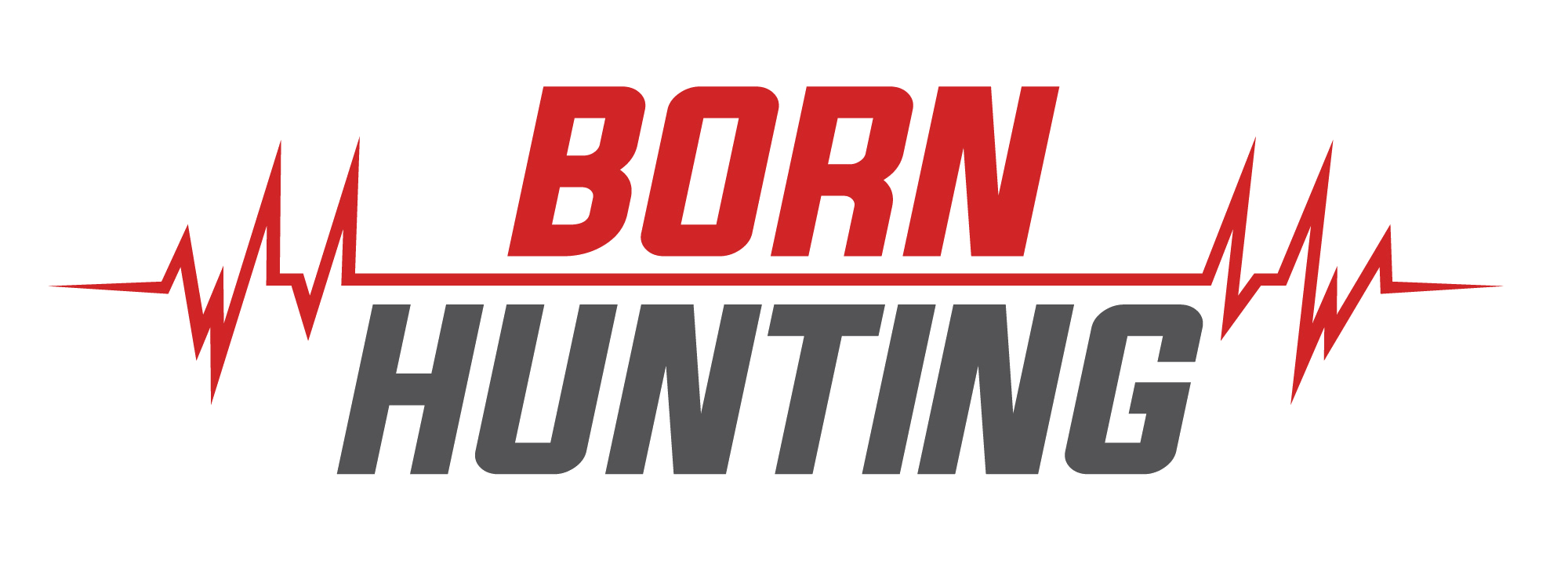A lifelong Western hunter finds a new passion and challenge in pursuing whitetails, mastering their mysteries one hunt at a time.
by Zach Bowhay
My entire life, I’ve been a dedicated Western hunter. My trips and dreams have almost always revolved around chasing elk and mule deer across the vast landscapes of the West. But in the last several years, my focus has started to shift, leaving my wife convinced that I’m either losing my mind or going through a midlife crisis.
Why?
I’m spending more time learning how to become a better whitetail hunter. Nearly every article I read, video I watch, and podcast I consume revolves around this subject. Whitetail hunting feels like solving a mystery. Every step, from reading sign to understanding patterns, is a puzzle, and when you’re hunting on public land or in low-deer-density areas like I often do, success doesn’t come easy.
Over the past five years, I’ve poured myself into this pursuit. I’ve spent countless hours scouting, setting trail cameras, researching gear, learning new tactics, and identifying promising areas. While I’ve found some success and taken some nice bucks, they were in open-country and spot-and-stalk situations. These are methods I’m more familiar with as a Western hunter. And to be honest, it hasn’t fully satisfied my appetite for whitetail hunting.
I genuinely crave mastery of the the traditional whitetail hunting approach: reading sign, predicting movement, and setting up the perfect ambush where a buck might unknowingly pass by. That challenge and the process of outsmarting a whitetail on their turf continue to captivate me and keeps me coming back for more.
Intentional Whitetail Scouting and Hunting
This year, my hunting revolved around intentional scouting and adapting as the season progressed. Rather than relying on summer scouting or long-established setups, I focused on identifying fresh deer sign closer to the time I planned to hunt. In the past, I had set stands in areas where I’d previously seen deer or deer sign during the summer months, then hunted those spots in late October and November. While this approach worked to a degree, I needed to adapt my strategy to improve.
This may seem obvious to experienced whitetail hunters. Still, for those just starting, it’s worth highlighting that deer often change their behavior and use different areas as the season progresses. I used to avoid core areas, worried I’d spook the deer and ruin my chances. However, this year, I decided I needed to be more aggressive.
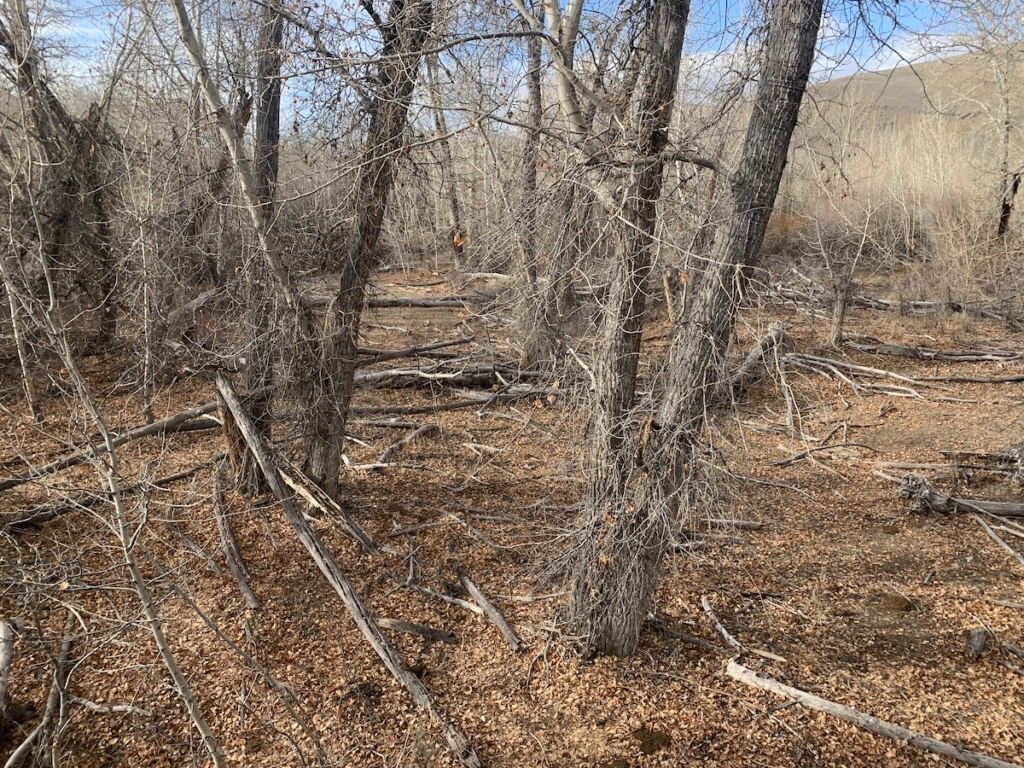
One of my hunts took place on a small piece of BLM land I had previously looked at and tried to e-scout. Despite my efforts, I couldn’t make much sense of the area, though I was confident there were deer. I decided to hunt it differently this year by moving through the area and hunting on the ground near the fresh sign. It worked. I saw plenty of deer and nearly got a shot at a nice buck that came 15 yards behind me, and, most importantly, I gained valuable insight into their behavior and the area.
In another instance, early in November, I found a heavily used trail along the edge of a bedding area. My wife and I hung a treestand there during the middle of the day. A few weeks later, I harvested my first whitetail buck from a treestand.
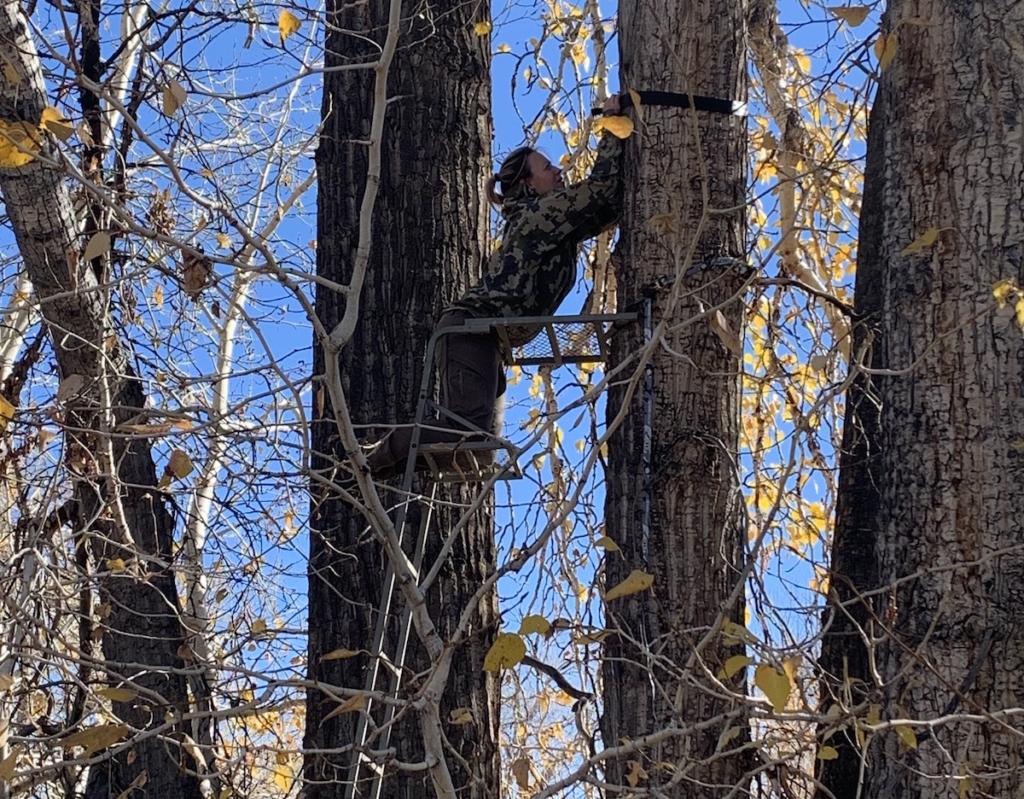
This isn’t groundbreaking information, but it’s a critical lesson for someone learning the ropes of whitetail hunting: sometimes, you need to get in close, work with the sign in front of you, and figure it out as you go. This fall, I learned more over a few days of intentional hunting than I had in several years of sticking to my previous approach.
Intentional Trail Camera Placement For Whitetails
Like my hunting strategy, my trail camera placement significantly shifted this year. In the past, I focused on traditional summer bed-to-feed patterns, leaving cameras in predictable areas where deer activity was consistent during the off-season. This year, while I left some cameras in those conventional areas, I also moved others into locations showing fresh signs of activity as the fall progressed. Interestingly, activity in many traditional summer locations dropped significantly as the season advanced, reinforcing the need to adapt camera placement based on current deer behavior.
Based on the sign I observed, I strategically placed cameras on trails, pinch points, and other high-traffic areas. This approach allowed me to track the phases of the rut through photos and videos, offering valuable insight into deer behavior. I learned which areas became void of activity over time, which saw an uptick in traffic, and how the deer utilized various parts of the landscape throughout the season.
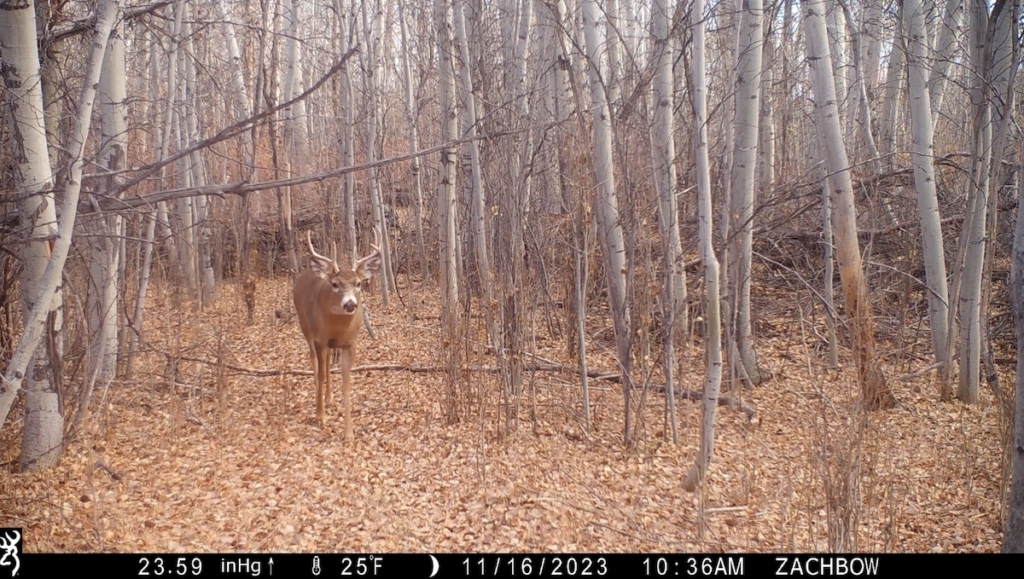
The information I gathered was invaluable. It deepened my understanding of how deer move during the rut and provided critical intel for future setups and hunting strategies. If I had been too cautious about entering these areas to place cameras, I would have missed this learning opportunity entirely.
Be Aggressive, But Do It Slowly!
That sounds counterproductive, but it may be the most important lesson I’ve learned as a newcomer to whitetail hunting. For most of my hunting life, covering ground quickly and efficiently was the key to success. If you’re like me and are used to that approach; shifting your mentality for whitetail hunting can be challenging. The key is to slow down, way down. Try walking slower than usual, then slow down even more.
My friend Brian gave me some great tips on still hunting, and incorporating some of those into my approach has helped me slow down. This year, I consciously tried to focus on using cover and moving quietly. I wasn’t necessarily still hunting while looking for sign to set up on, but I was moving much more deliberately and cautiously than I ever had before. It’s been a game-changer.
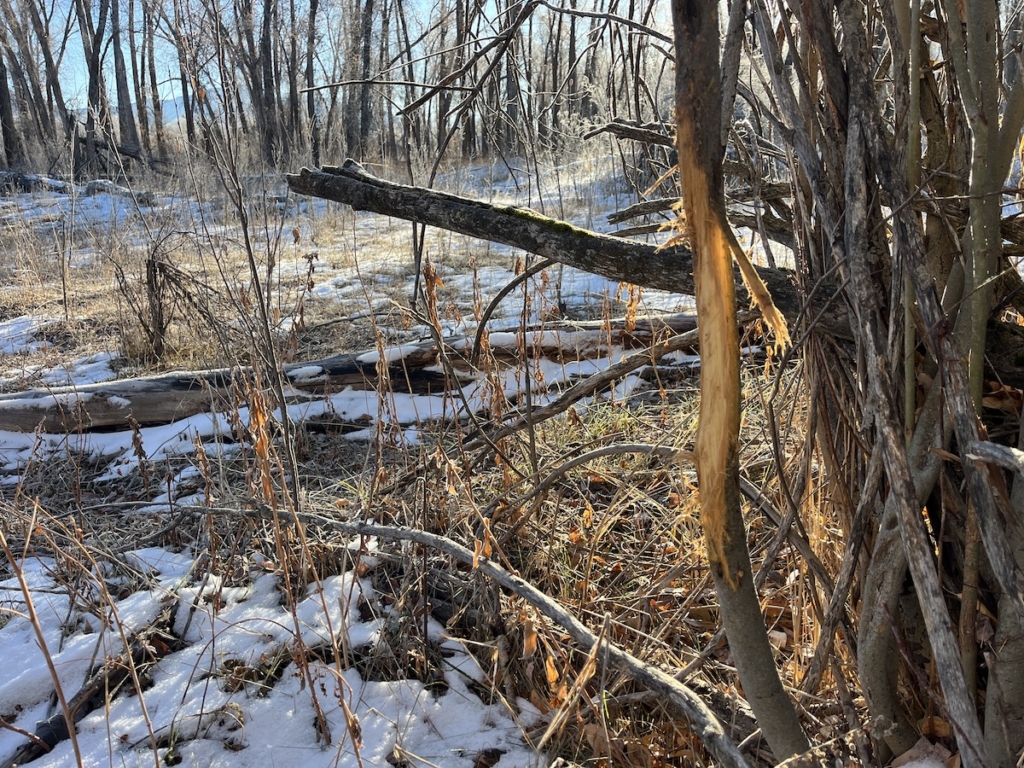
While I’ve always been used to covering ground quickly, this year, I realized that slowing down allows me to observe more, pick up on subtle deer clues, and avoid spooking deer. This shift in approach has proven to be more effective than I could have imagined, and I’m confident it’s helped me become a better whitetail hunter.
Any White-tailed Deer
Over the past several years, I’ve spent plenty of time sitting in my usual stands. My opportunities were limited, but I did pass on several does and small bucks. One of my favorite podcasts is Wired to Hunt Foundations, hosted by Tony Petersen, who often emphasizes a key point: “You can’t learn to kill deer without killing deer.”
I had been passing smaller bucks because of my past success with bigger deer, but I decided to change my approach this year. I vowed that if I could take any deer from one of my setups, I wouldn’t hesitate.
While I know the buck I harvested isn’t a giant by any means, he’s an incredible trophy to me. Beyond just the antlers, he provided delicious meat for my family, and the tiny rack on my wall is now a physical reminder of my progress. It symbolizes the lessons learned, the risks taken, and the growth I’ve experienced in my journey to becoming a better whitetail hunter. The buck isn’t a monster, but he’s a start. I’m beyond proud to have him and excited for the future.
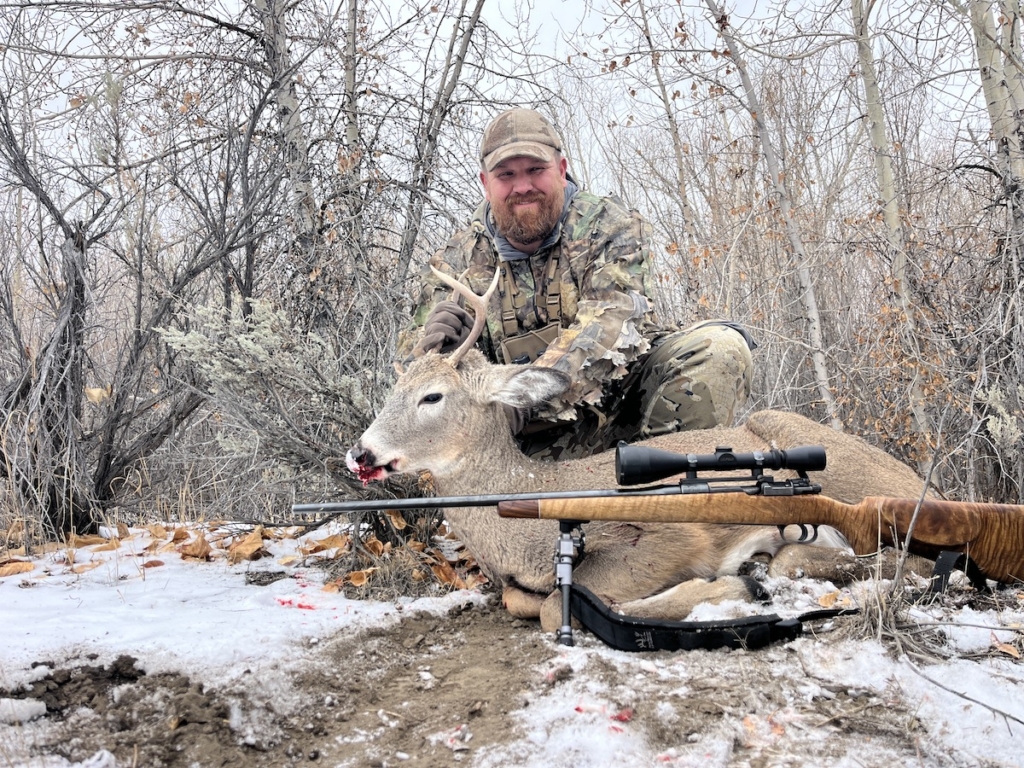
The Evolution Continues
Looking back on this season, I’ve learned more than I ever expected about whitetail hunting. From adapting my scouting and camera strategies to embracing the challenge of reading deer sign and slowing down in the field. Each step has brought me closer to becoming the whitetail hunter I want to be. My journey is far from over, though. For next year, my goal is to harvest a buck with a bow from a stand, something I’ve been working towards but have yet to achieve.
My fear of heights has been a big hurdle, making treestand hunting intimidating. To overcome this, I’ve decided to purchase a tree saddle and dedicate time to learning how to use it effectively. This will give me the mobility and comfort I need to hunt from a tree confidently while staying safe and secure. I’m excited for the next season and can’t wait to continue growing as a whitetail hunter.
